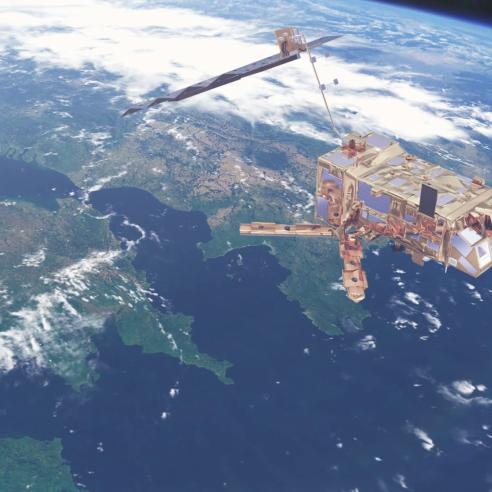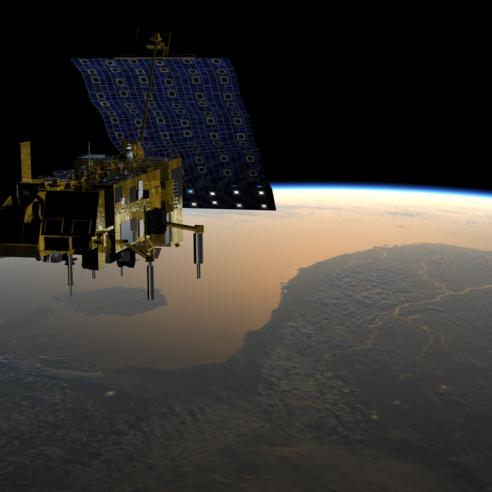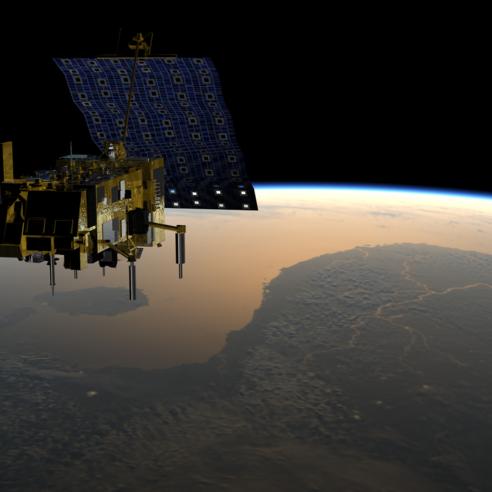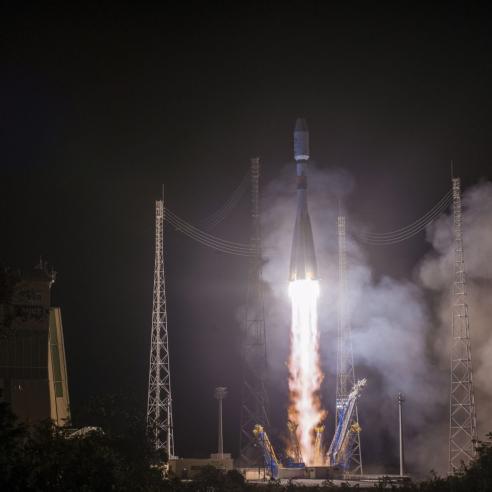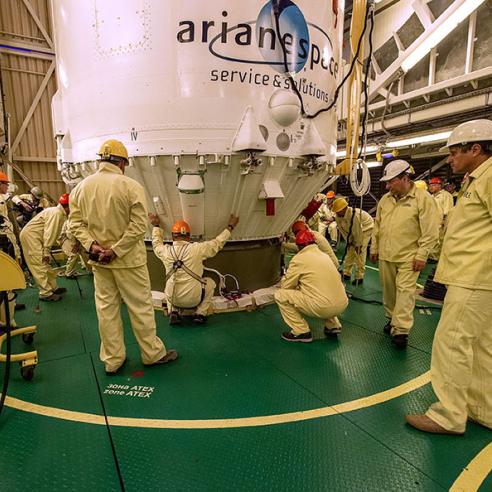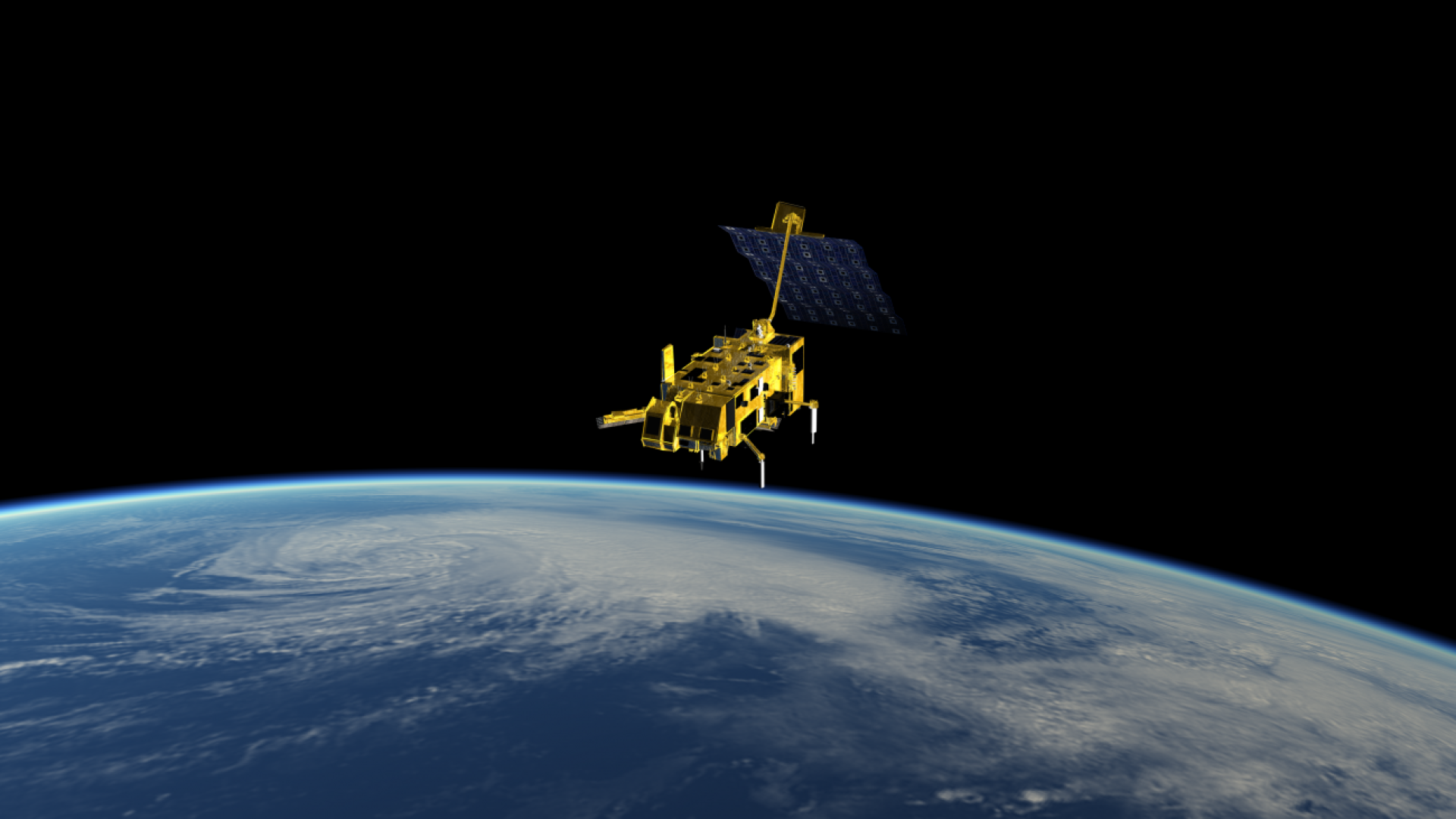
Switching on Metop-C’s instruments
Metop-C is now safely orbiting the Earth after a spectacular and eagerly-awaited launch on 7 November.

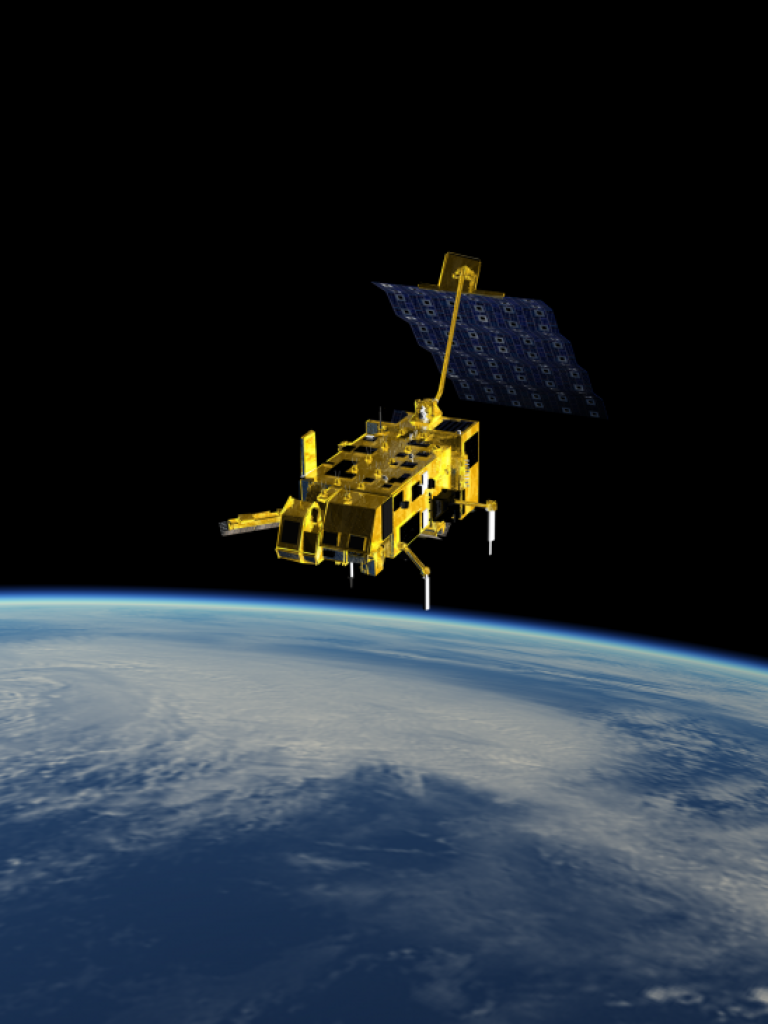
Much has happened since then for this satellite, which is expected to play a crucially important role in the provision of data for weather forecasting and climate monitoring.
01 November 2023
16 November 2018
After the launch
A little over an hour after Metop-C’s launch by Arianespace from Kourou, the satellite separated from the upper stage of the Soyuz rocket. The satellite was on its own. The first telemetry signal from the satellite received just after separation over Western Australia was the sign the launch had been a success – and a series of further milestone successes have been achieved in the days since.
The “launch and early operations phase”
At this point ESA’s European Space Operations Centre at Darmstadt, working with a team from EUMETSAT, led the three-day launch and early operations phase of Metop-C’s life in space. The purpose of the LEOP was to ensure that the satellite’s solar array and all antennas were deployed, that all on-board systems required to support the mission were activated, properly configured and working correctly and that the desired orbit was achieved allowing a controlled drift into its final commissioning position in a Tri-Star configuration with Metop-A and -B. All of Metop-C’s avionic systems, power system, temperature control, on-board software and telecommunication links, were checked. Following this process, EUMETSAT took over control of Metop-C on Saturday night and started flight operations for the in-orbit verification activities and to manoeuvre Metop-C into its final orbital slot.
Commissioning Metop-C
Now, teams at EUMETSAT, including partners from the US National Ocean and Atmospheric Administration, ESA, CNES and industry are switching on the satellite’s instruments, some of which have already started sending data back to Earth. Here are some of the first Metop-C’s very first image, was from the Advanced Very High Resolution Radiometer (AVHRR) after it started sending data by its visible (0.64 µm) and near infrared (0.86 µm and 1.61 µm) channels.

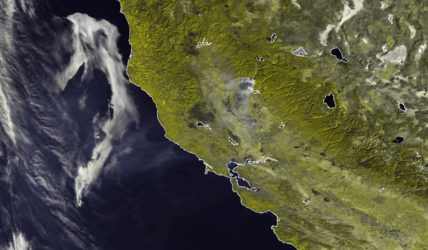


The Global Navigation Satellite System Receiver for Atmospheric Sound (GRAS) instrument has also been switched on and is operating well. Its first image also pleased our team.






